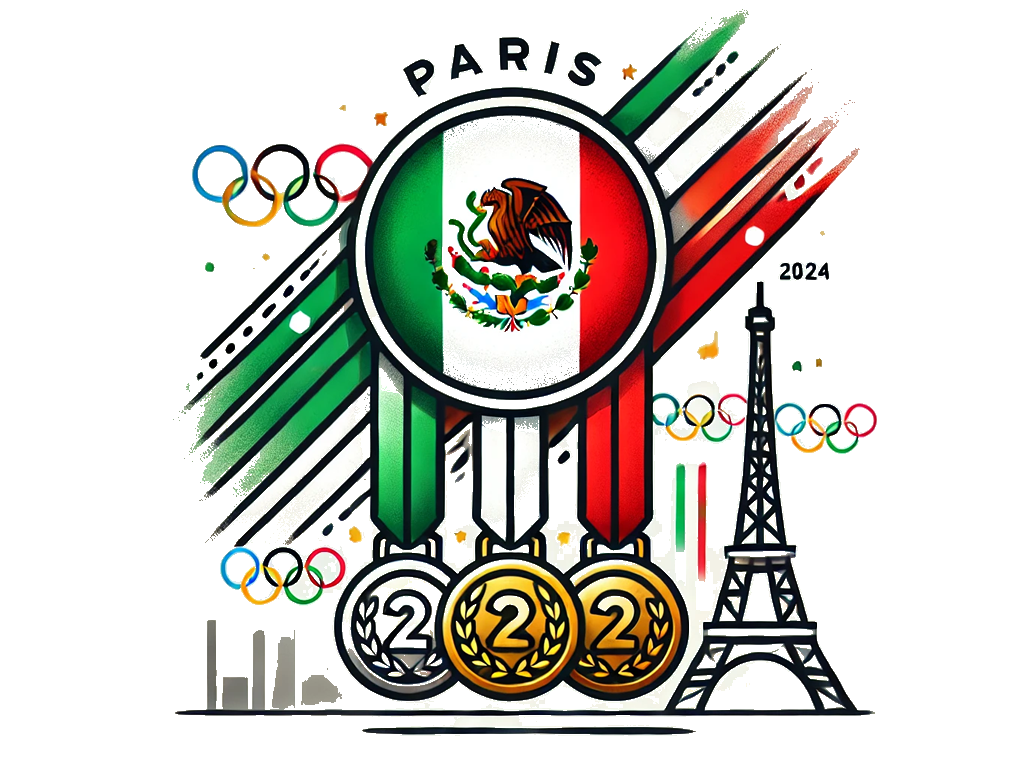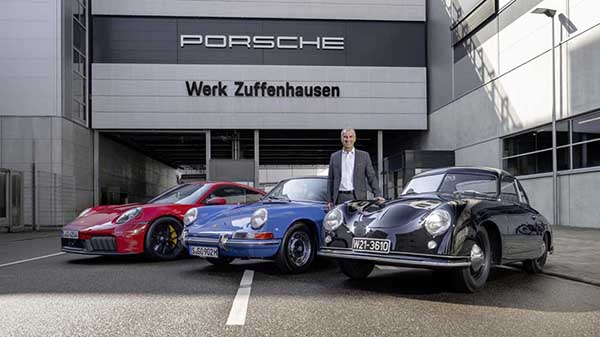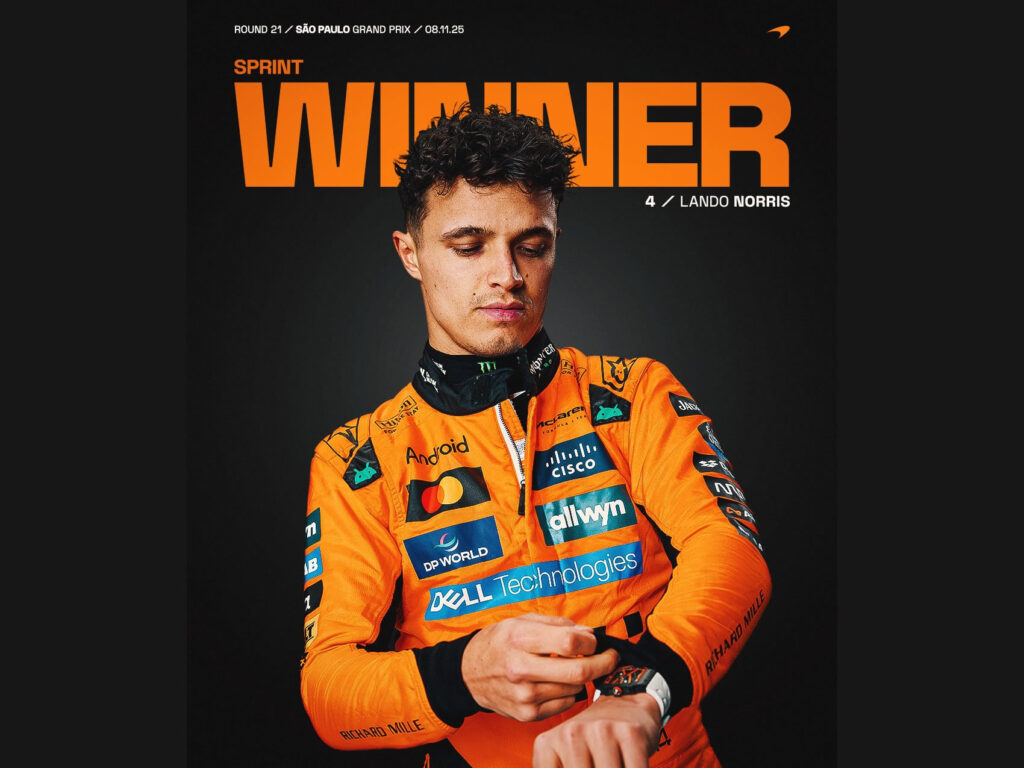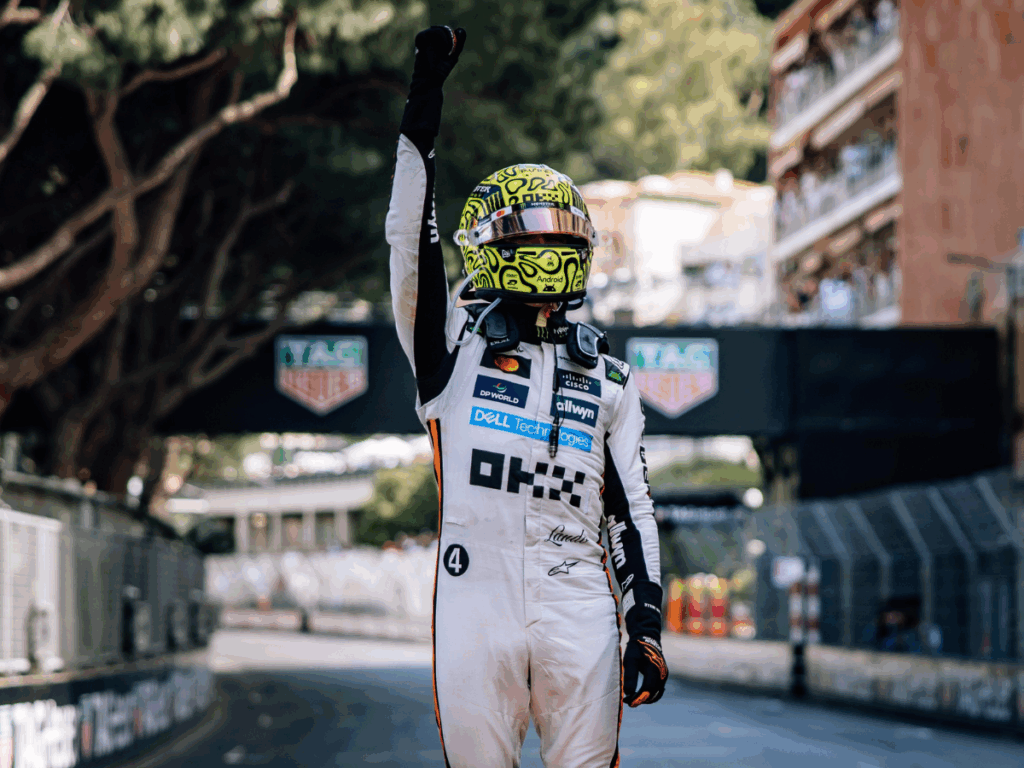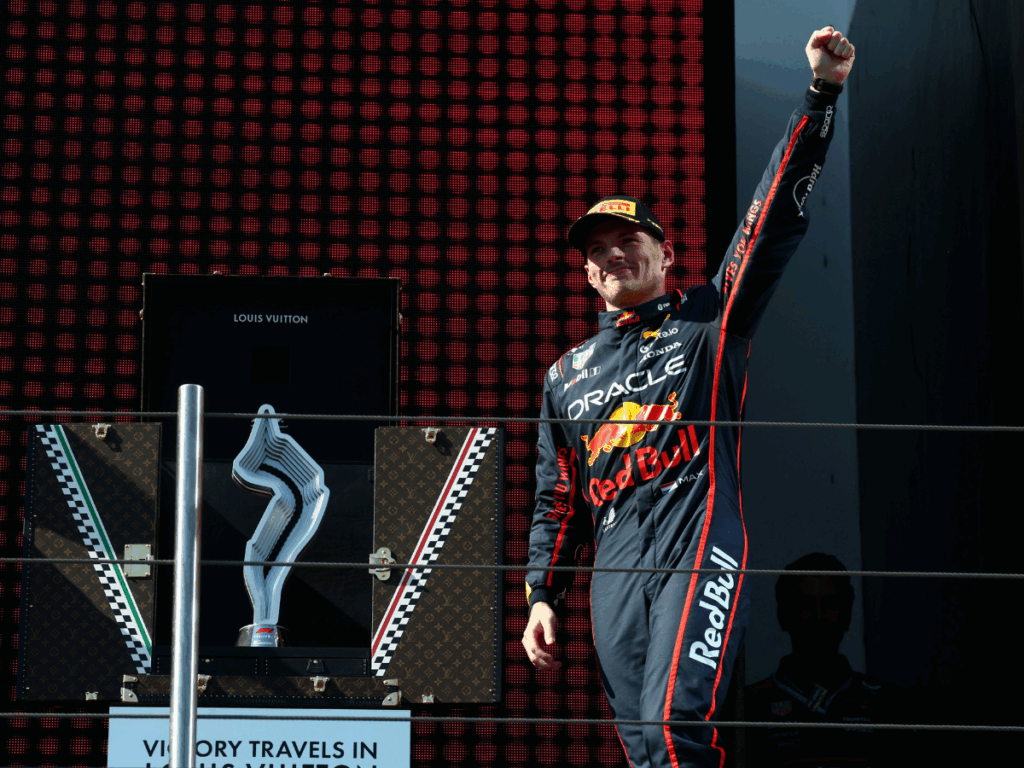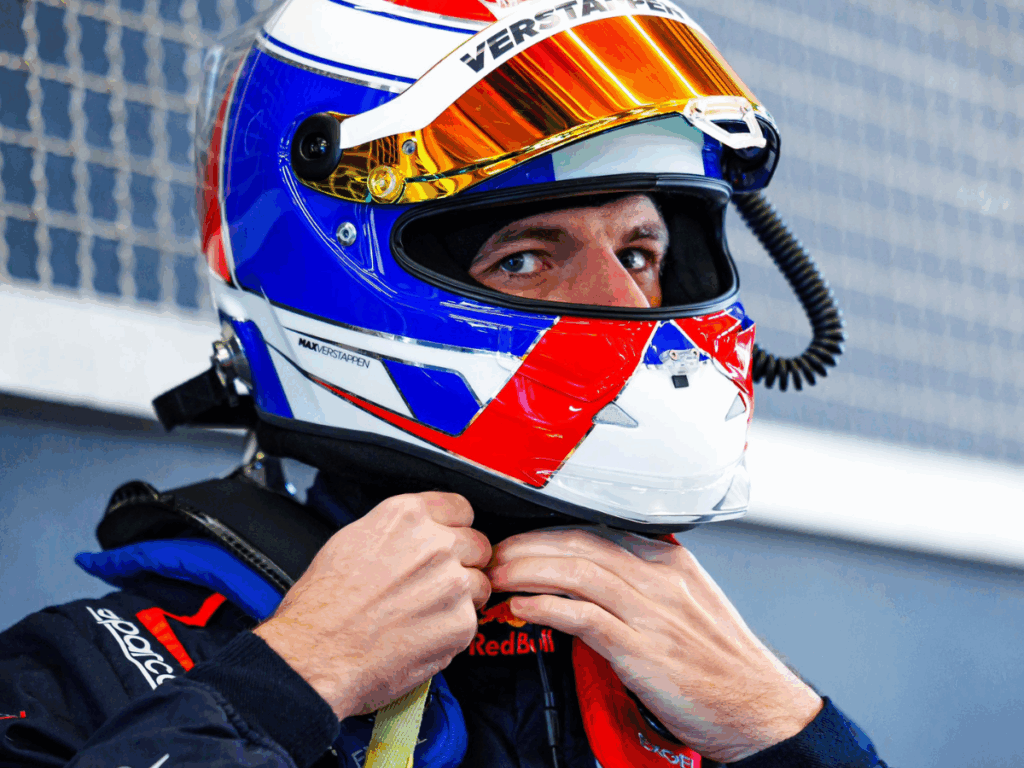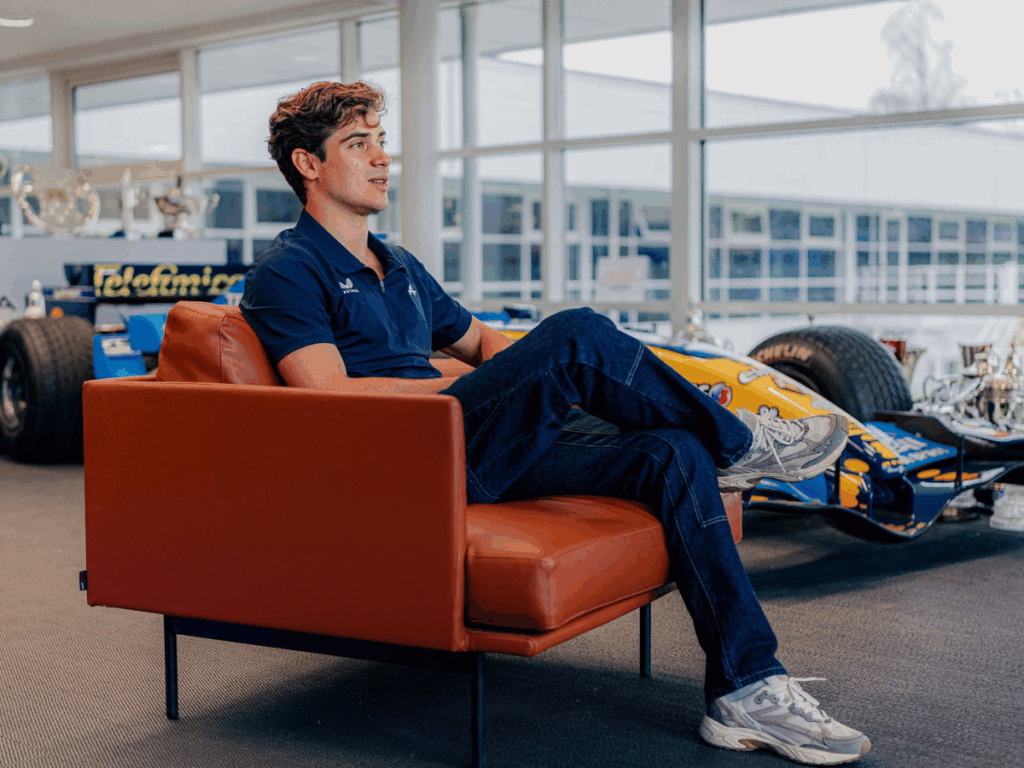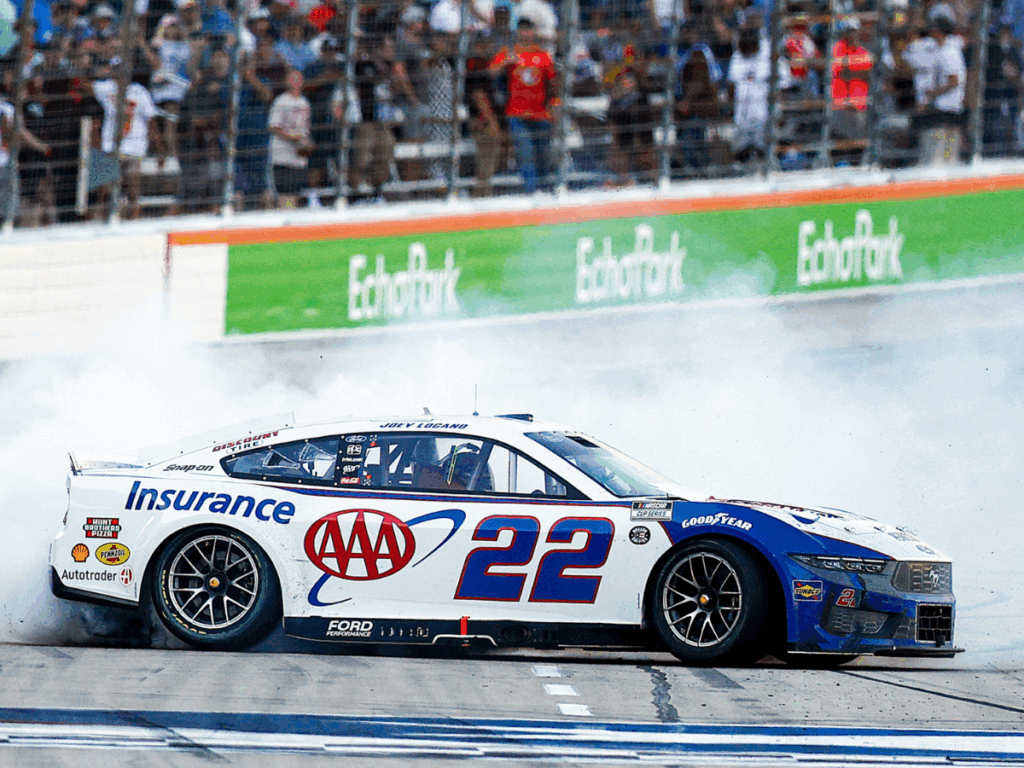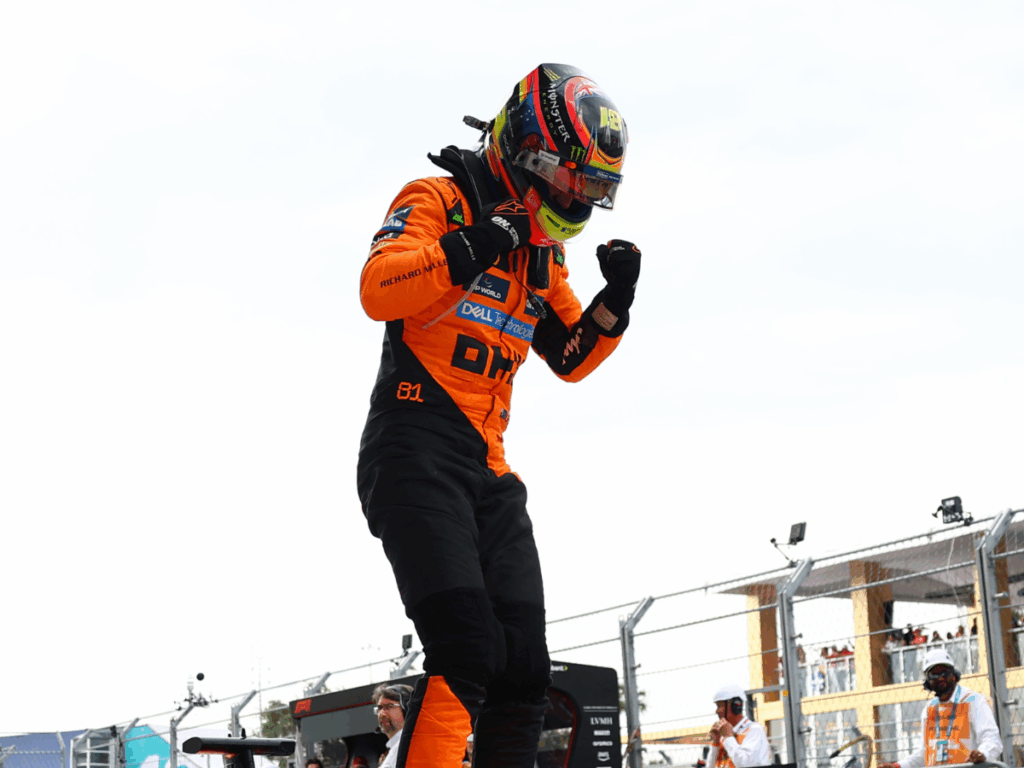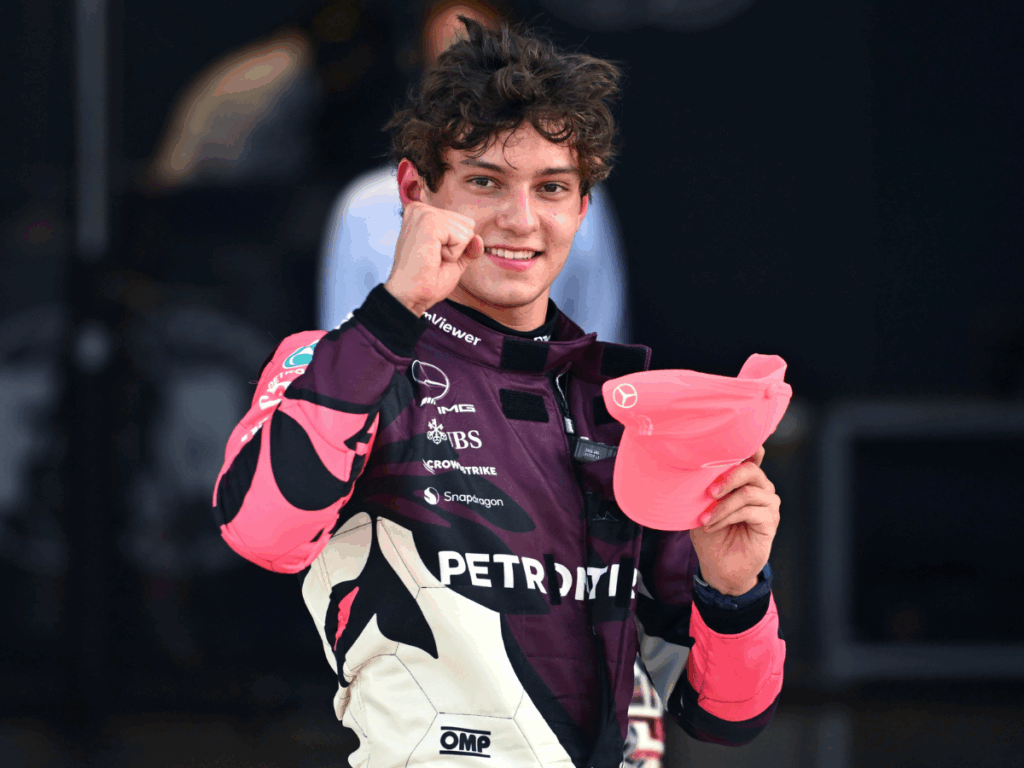Porsche celebrates three-quarters of a century of history in Zuffenhausen, the beating heart where production began for the model that changed everything: the Porsche 356. It was on April 6, 1950, that the first unit produced in series in Germany rolled out of this plant, marking the beginning of an era that continues today with iconic models like the 911, the 718 series, and the electric Taycan.
Porsche’s story began earlier, in 1938, as an engineering office. But it was in 1948, in Gmünd (Austria), where the first homologated prototype of the 356 was handcrafted. Between 1948 and 1950, 52 units with aluminum bodies were assembled. That was the seed of an idea that would flourish in Stuttgart-Zuffenhausen, despite the difficulties of the post-war context.
💡 Porsche’s original plant was occupied by the Allies. To operate, the company rented space in the Reutter factory, across Schwieberdinger Street. Thus began a cooperation that would shape the manufacturer’s evolution: Reutter handled the bodies, while Porsche took care of assembly and mechanics.
The first 356 produced on German soil was completed on April 6, 1950. By the end of that year, 317 units had been produced, and thanks to international interest and early successes in competition 🏆, demand grew rapidly.
The project didn’t stop. In 1952, Hall 2 was built on land purchased from Reutter. By 1954, it was already expanding. By 1955, Porsche also returned to its Hall 1, which housed development, testing, design, and customer service areas. In parallel, Hall 3 was dedicated to engine manufacturing, while on December 1, 1963, the purchase of Reutter’s body workshop was formalized, adding more than a thousand employees. It was the definitive step to consolidate Zuffenhausen as Porsche’s official home.
That same year, the model that would define the brand’s DNA was unveiled: the first 911, still under the name 901. By 1965, Porsche had produced about 78,000 units of the 356, thus closing an initial cycle of expansion.

INNOVATION IN EVERY PRODUCTION LINE ⚙️
Since the 1950s, Porsche has applied a flexible production concept, where different versions of the 356 (Coupé, Cabriolet, Roadster, Speedster) were assembled in parallel. This philosophy continues today with the multiple variants of the 911, which share a line with the electric Taycan.
The next major transformation came with the arrival of the 911. In the 1960s and 70s, new buildings were constructed, and production capacity increased. The iconic transport bridge, inaugurated in 1988, connected Hall 5 with Hall 2, crossing the busy Schwieberdinger Strasse at more than 30 meters high, a clear symbol of the factory’s modernization. 🚧
Over time, the space expanded to include front-engine models like the 928, 944, and 968. And in the following decades, Porsche responded to global growth with a strategy of constant improvement: expansions, technical adaptations, integration of new technologies, and a firm commitment to sustainability and efficiency.
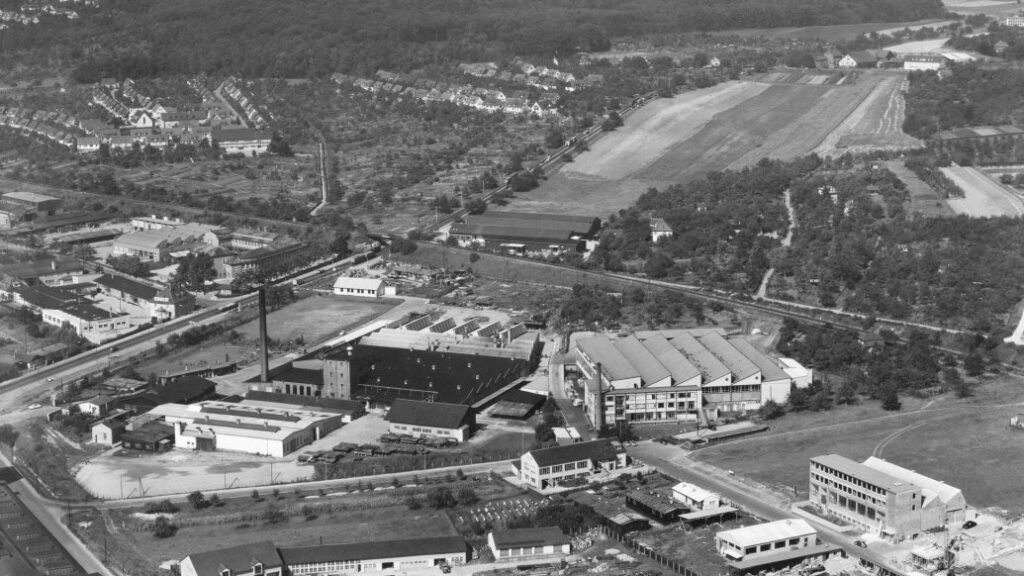
TAYCAN AND THE ELECTRIC LEAP 🔋
In 2019, Zuffenhausen experienced one of its biggest revolutions with the arrival of the Taycan, Porsche’s first fully electric vehicle. To achieve this, the brand profoundly reformed its facilities: a new paint area, a specialized body shop, and a modular assembly hall. A second bridge was also built over Schwieberdinger Strasse to optimize internal logistics. 🚛
Currently, boxer and V8 engines are produced here for combustion vehicles, as well as electric drives for models like the Taycan and Macan. All this is done in a compact space—less than a square kilometer—but loaded with technology and precision.
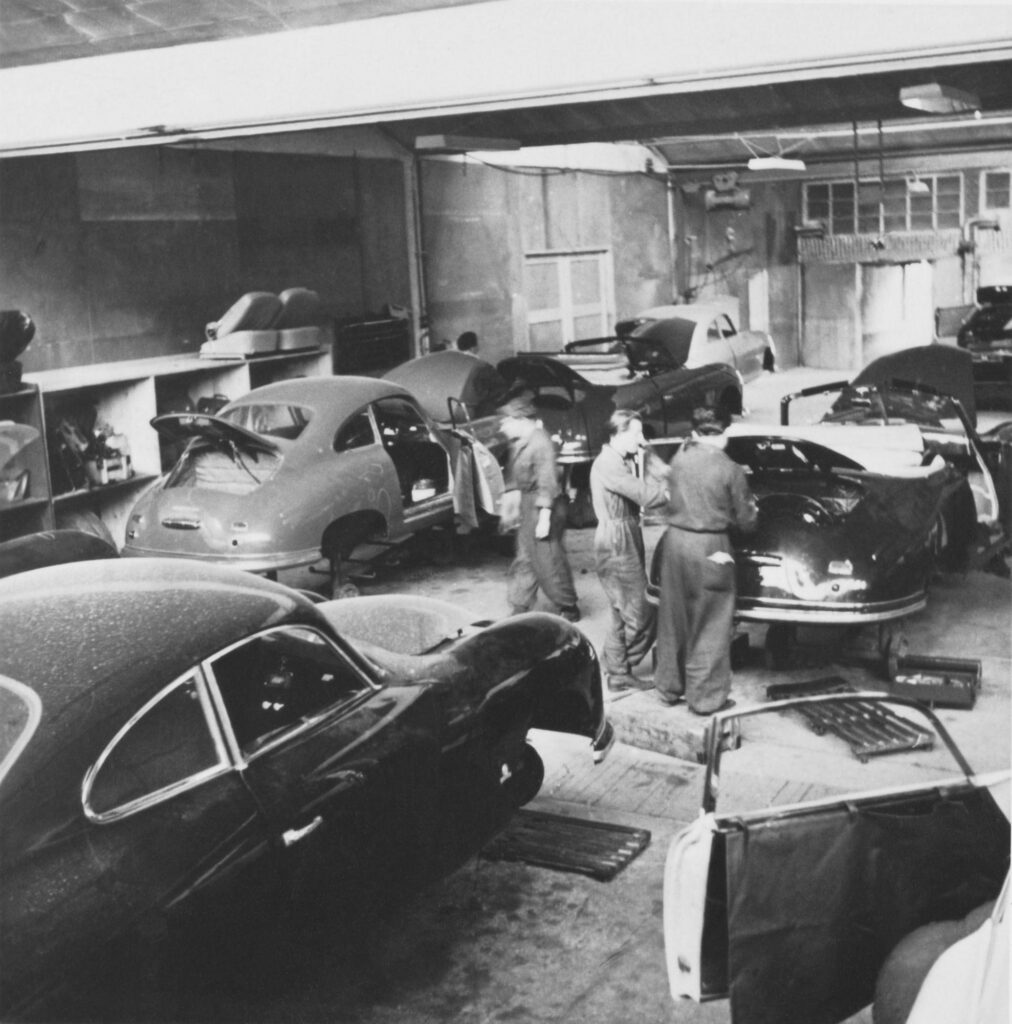
HIGH TECHNOLOGY AND CRAFTSMANSHIP 🛠️
In Zuffenhausen, tradition combines with cutting-edge technology. Autonomous transport systems, artificial intelligence, and a central cloud connect all factory processes. But craftsmanship is also preserved: the upholstery workshop, where car interiors are handcrafted, is an emblem of dedication to detail.
Three specialized workshops operate there:
-
Porsche Exclusive Manufaktur, where cars are customized to the customer’s taste.
-
Sonderwunsch, which transforms vehicles into unique pieces.
-
CFRP Manufaktur, focused on carbon fiber bodies for ultra-lightweight models like the 911 S/T and GT3 RS.
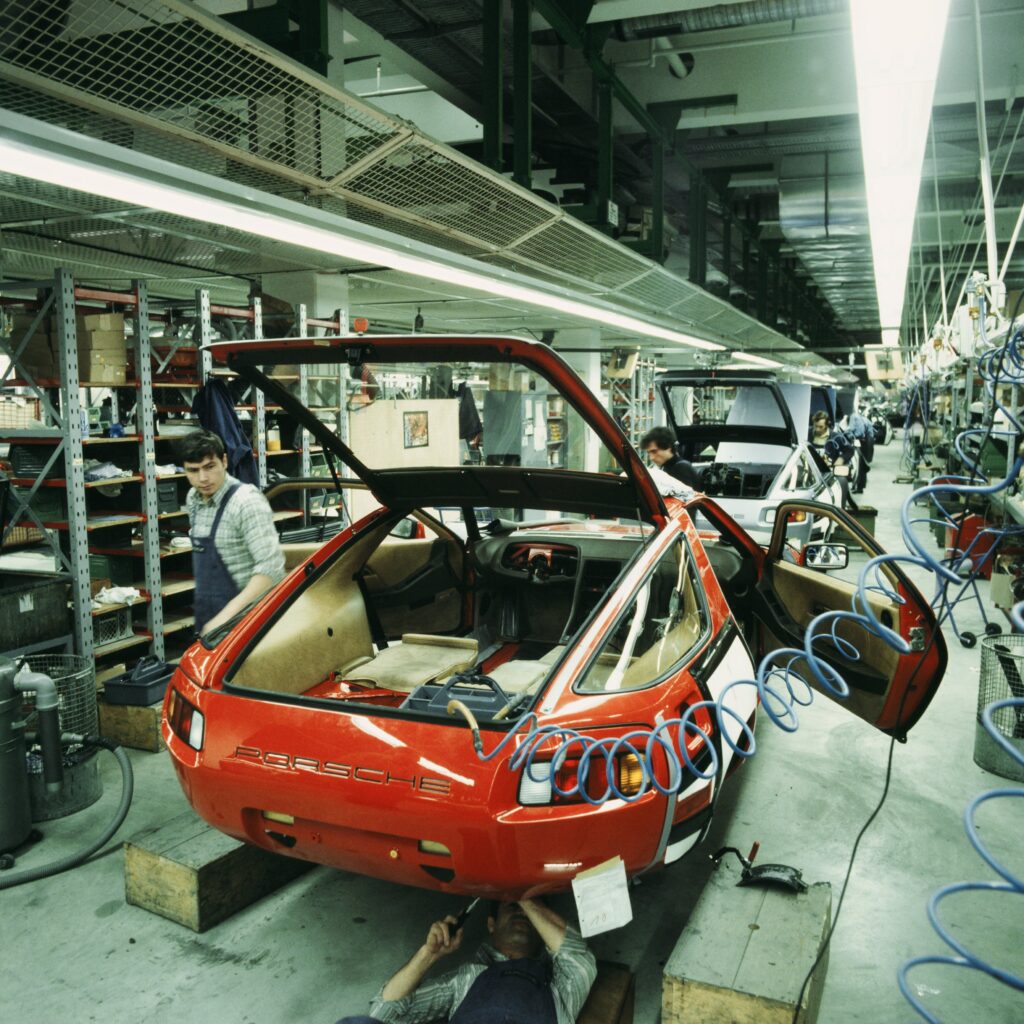
NOT JUST ZUFFENHAUSEN: THE ROLE OF LEIPZIG AND WEISSACH 🌍
While Zuffenhausen remains the emotional and historical base, Weissach houses the Research and Development center, and Leipzig has gained prominence since 2002, first with the Cayenne, then with the Carrera GT, and since 2009 with the production of the Panamera and Macan.
Thanks to its growth, Porsche Leipzig evolved from an assembly site to a comprehensive plant. This is part of Porsche’s ecosystem, where each site has a specific role, but all share the mission of perfecting the sports car. 🚗
CELEBRATION WITH AN EYE TO THE FUTURE 🎉
Zuffenhausen’s 75 years are not just a look back. They
